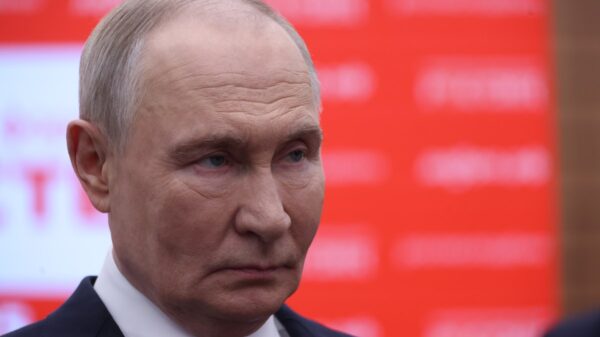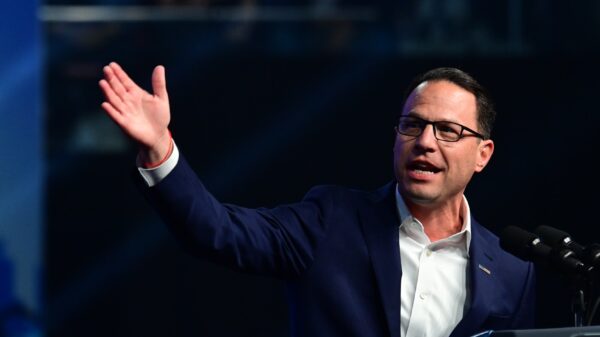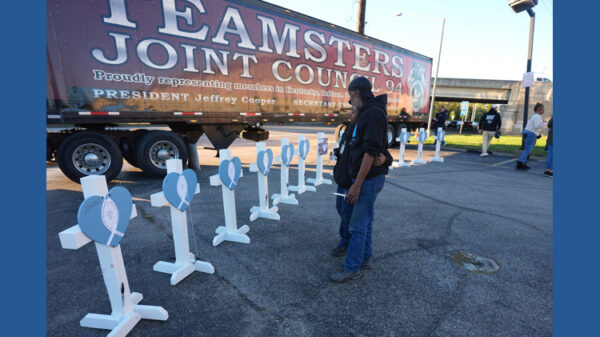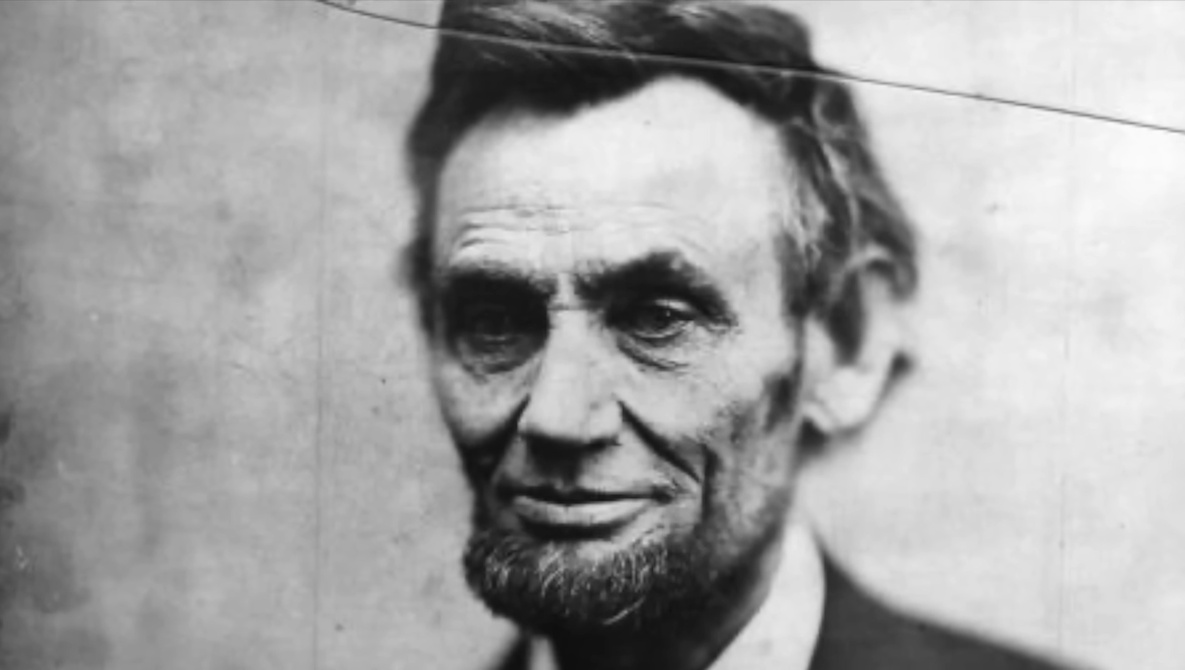The last photographs of U.S. presidents carry profound significance, revealing not only the individuals in their final moments but also the historical context surrounding their lives. A recent video, produced by Cleveland-based photographer and meteorologist Alex Cooke, provides a detailed exploration of these poignant images, tracing the evolution from early portraits to modern press photographs of presidents who have passed away.
The video begins with a look at the early portrait era and advances through the advent of daguerreotypes to contemporary images. Notable moments include Abraham Lincoln’s last known photograph taken on March 6, 1865, and Dwight D. Eisenhower’s visit to Walter Reed Hospital alongside Richard Nixon on February 2, 1969. Each image serves as a reminder of how photographs can capture critical moments, illustrating the impact of timing and context in interpreting these historical records.
Understanding Historical Context in Final Images
The video emphasizes the importance of provenance, cautioning against misattributions often found in historical photography. For instance, while William Henry Harrison was photographed during his presidency, the widely circulated image is actually a photograph of an 1840 portrait rather than an original photograph. Similarly, the video presents several images of Franklin D. Roosevelt from 1918, maintaining both to provide a comprehensive understanding rather than forcing a singular narrative.
The treatment of William McKinley is noteworthy. The video highlights the Temple of Music sequence in Buffalo, New York on September 6, 1901, pinpointing the final angle captured inside rather than the more dramatic shots taken outside. These details invite viewers to reflect on how images can be interpreted based on their composition and context, revealing insights into the subjects’ lives and circumstances.
Personalizing Historical Figures Through Final Moments
The portrayal of Ulysses S. Grant in photographs taken just days before his death in July 1885 underscores a man aware of his legacy. This awareness alters the viewer’s perception of his posture and expression, enhancing the emotional weight of the image. In contrast, a photograph of William Howard Taft from 1930, depicting him in a wheelchair, serves as a reminder of how medical conditions often shape late-life images, emphasizing that the presence of aides in the frame contributes to the narrative rather than detracting from it.
Ultimately, this video transcends a mere compilation of final photographs. It examines how history imprints itself on the faces of leaders, with small details like a subtle smile, a specific setting, or a gesture revealing the human side of those who occupied the highest office. By considering these images, viewers gain a deeper understanding of familiar figures, seeing them not just as historical names but as individuals at the twilight of their own stories.
For those interested in exploring this insightful perspective on presidential history, the full video is available to view above. Through Cooke’s thoughtful presentation, the audience is encouraged to reflect on the personal narratives encapsulated in each iconic image.





































































